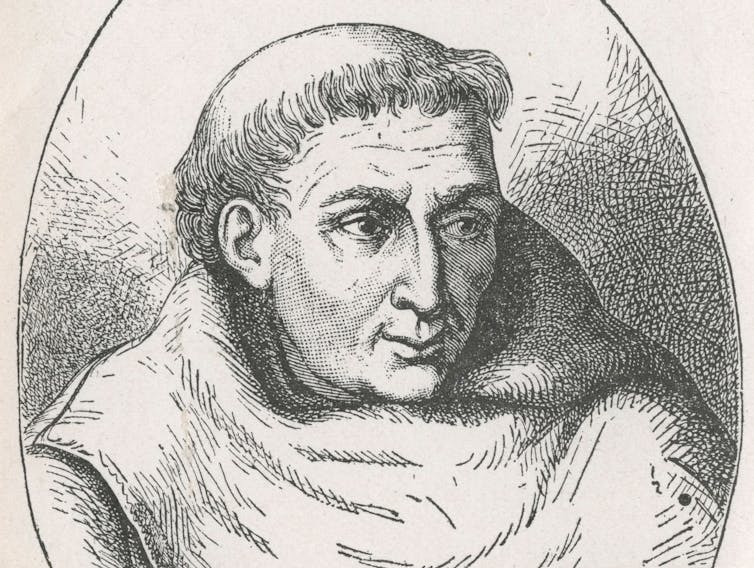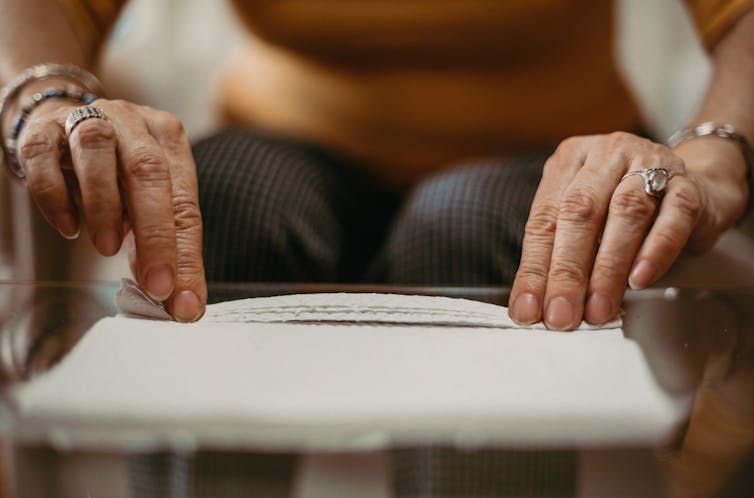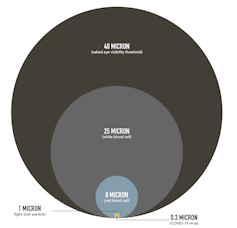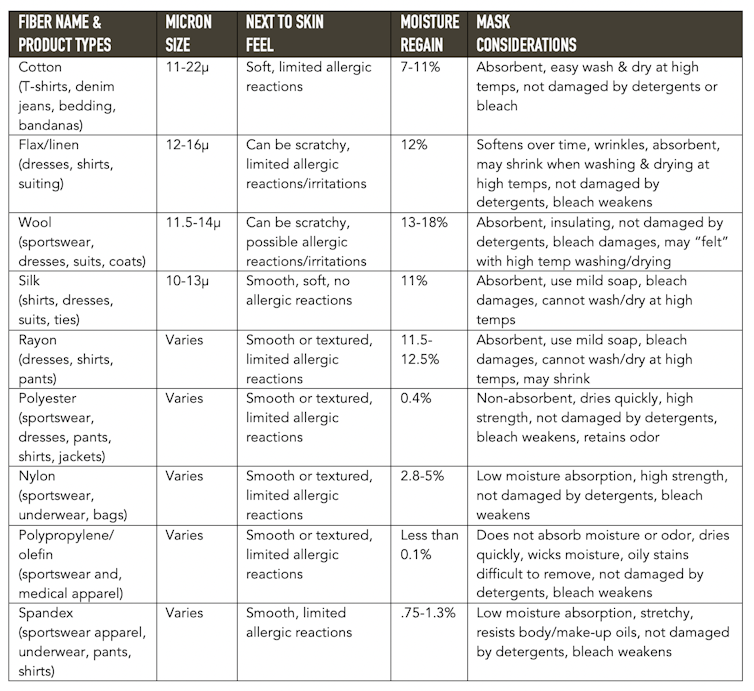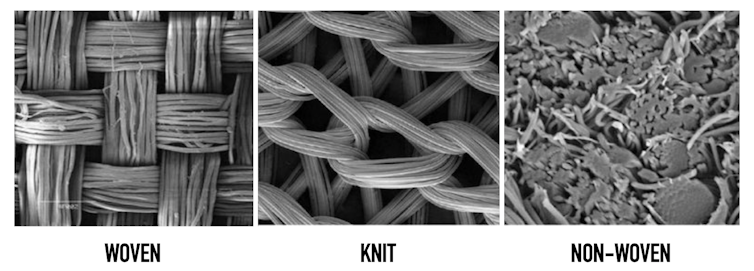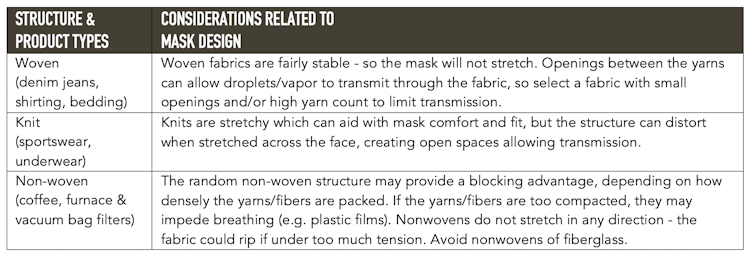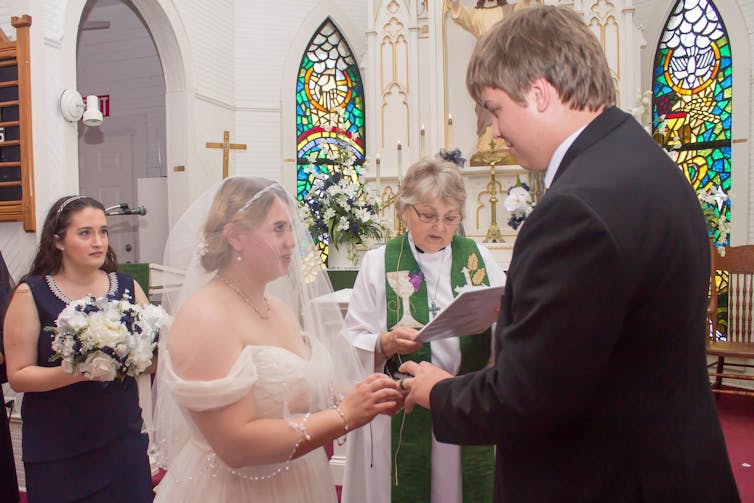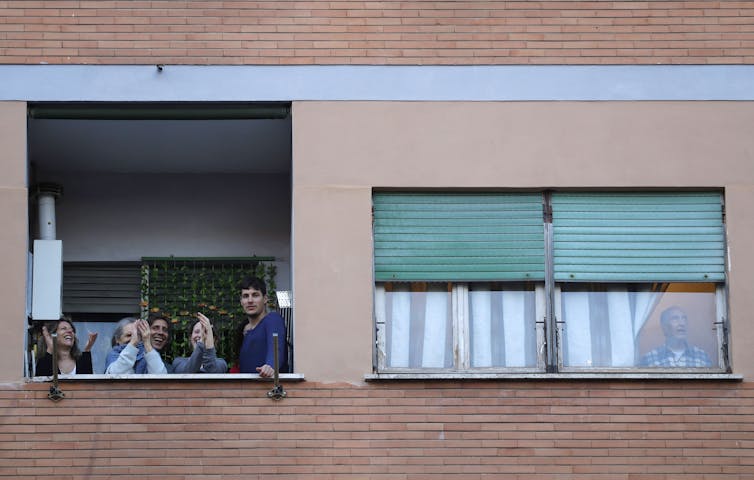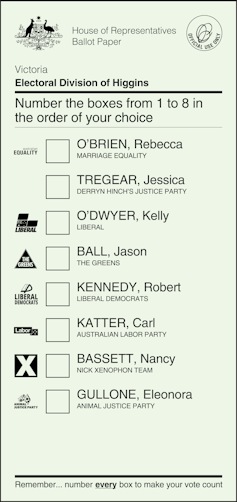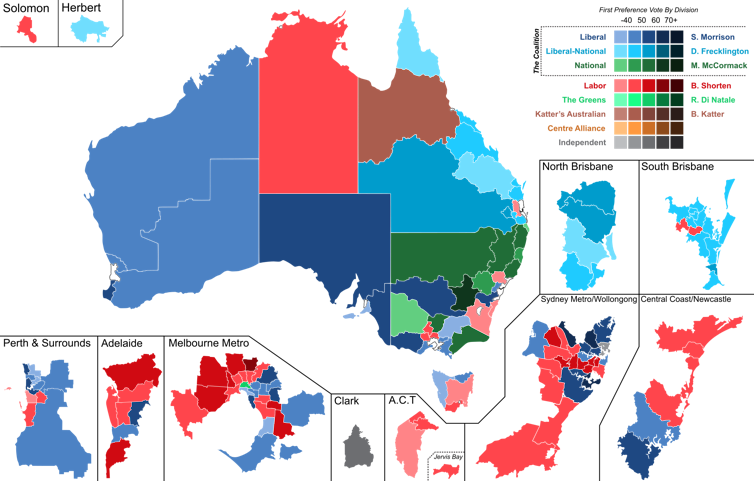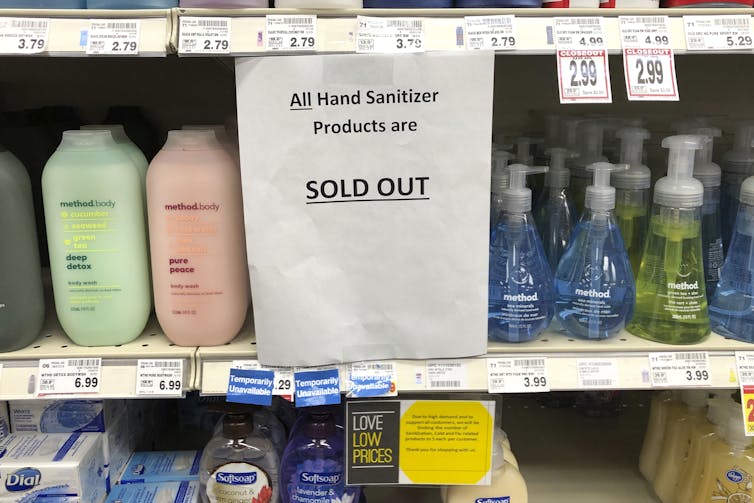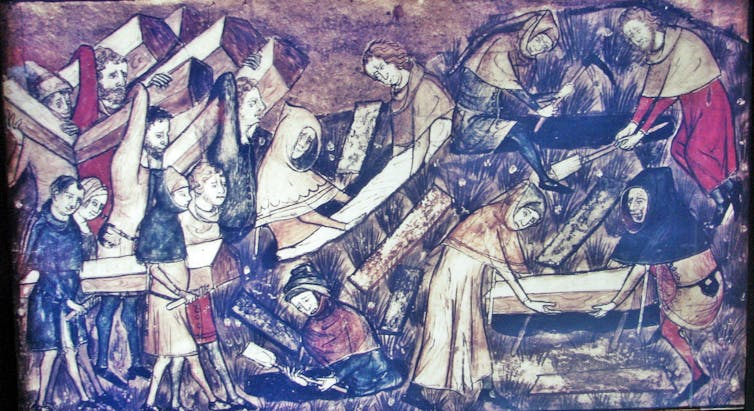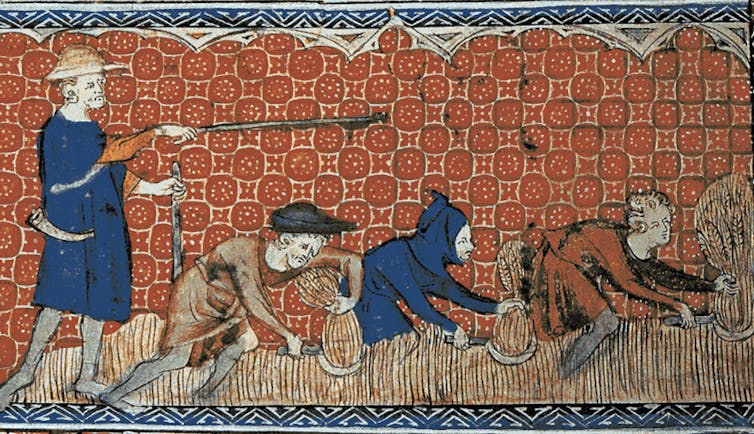
Experts in autocracies have pointed out that it is, unfortunately, easy to slip into normalizing the tyrant, hence it is important to hang on to outrage. These incidents which seem to call for the efforts of the Greek Furies (Erinyes) to come and deal with them will, I hope, help with that. As a reminder, though no one really knows how many there were supposed to be, the three names we have are Alecto, Megaera, and Tisiphone. These roughly translate as “unceasing,” “grudging,” and “vengeful destruction.”
I was thinking recently how this column has morphed over 214 (can you believe that?) versions. And that it started out sharing incidents of unbearable injustice. And asking the Furies for retribution (not revenge, but earned retribution.) I’ve gotten away from that, and lately have been concentrating more on general interest – and how to survive in this world long enough for this terrible regime to be gone.
But today, I’m going back to my original focus. The difference is I am not writing it myself. I will be quoting in full a Facebook post (delinked) made by a candidate for Sheriff in a different county but the same state in which Ahmaud Arbery was brutally murdered. A public Facebook post is just that – public – and I can’t imagine that Mr. Herndon would be unhappy to get wider publicity in his campaign. I do include a link, here, to the Democratic Underground Post which quoted it yesterday, in case anyone wants to chase it back. Otherwise, here it ism unvarnished and unedited.
================================================================
This FB post is from James Herndon who is running for Sheriff in Cobb County (which is just north of Atlanta).
I know most people running for office will not dare touch on the subject of Ahmaud Arbery being shot to death in Brunswick, GA. As many of you know, I am not like most candidates.
With that, let’s address this head on. You may agree with what I have to say, you may not. But you will at least know where I stand and why.
I have watched the video of Mr. Arbery being shot to death probably 20 times now. I have listened closely. I have watched parts of it frame by frame. I have listened to the 911 calls. I have researched the background of Mr. Arbery (to defend the further assassination of his character) I have researched Georgia law. I bring this from the perspective of a man wanting to be your next sheriff, a man with years of experience in CSI and actually personally arresting dozens of men for murder.
What we have in this case is almost identical to the shooting of Trayvon Martin by George Zimmerman in Florida. In this case we have two men in Glynn County, Georgia attempting to intervene as if they are law enforcement when they are not. In both cases such a low level event should have been handled by law enforcement.
Not idiots with firearms.
In both cases I believe the armed men were the determining and driving factor in the deaths of the two men. In both cases I believe these men wanted to escalate the situations so the law would “allow” them to use deadly force. Both were escalated to the point of firearms being discharged by the armed men, not the victims.
As I watched this I noticed some things that will likely enrage people more once I explain it.
You see, I am from South Georgia myself. I recognized something in the video many people likely will not. When you see a truck parked in the middle of the road with an armed man standing on top of his tool box or in the bed of the truck armed with a gun, it indicates to me, that he is hunting an animal that is running. It is a common technique used to hunt running game in the Georgia flatwoods. It is actually unlawful to even hunt animals in this manner.
Deer hunters in southern Georgia often use dogs to chase deer through the forest until they pop out onto a road, exhausted with limited physical ability and clouded mental ability as they are run to exhaustion before the hunter kills the deer with his gun. The hunter stands on the truck tool box or in the truck bed to obtain a commanding view of the area to easily spot his prey and direct other shooters where the deer is and the optimal time to shoot.
This is what pushed me to seeing this as the hunting of a man and not any form of self defence or lawful act. It is disgusting in a visceral manner I can not put into words. When I saw the man on the truck and the other man with a shotgun I knew what was in store for Ahmaud. This was not something he could survive.
I know this will enrage many readers for various reasons. But to deal with such an issue means we must deal with the ugly, nasty things human being are capable of doing head on.
Here we have two men, just like in the Martin shooting in Florida, who called 911 first and still  chose to hunt their prey down, Mr. Ahmaud Arbery, a man. They did not see him as their fellow man. They saw him as something to hunt down using tactics they used to hunt wild game in the south Georgia flatwoods. In both cases we are talking about misdemeanors. In this case we are talking about the offense of Criminal Trespass – a very low level misdemeanor. It is so low level that 99% of the time at most – a warning is given by police. Your kid can get this for throwing an egg at a house, that’s the type of crime this is. In this case a person allegedly walked through a yard of a building under construction. That’s it. Thats what we have here, if anything. We likely have two jackasses that think every black man looks alike.
chose to hunt their prey down, Mr. Ahmaud Arbery, a man. They did not see him as their fellow man. They saw him as something to hunt down using tactics they used to hunt wild game in the south Georgia flatwoods. In both cases we are talking about misdemeanors. In this case we are talking about the offense of Criminal Trespass – a very low level misdemeanor. It is so low level that 99% of the time at most – a warning is given by police. Your kid can get this for throwing an egg at a house, that’s the type of crime this is. In this case a person allegedly walked through a yard of a building under construction. That’s it. Thats what we have here, if anything. We likely have two jackasses that think every black man looks alike.
The two perpetrators are claiming they were making a citizen’s arrest. Under GA law, OCGA 17-4-60 it states “A private person may arrest an offender if the offense is committed in his presence or within his immediate knowledge. If the offense is a felony and the offender is escaping or attempting to escape, a private person may arrest him upon reasonable and probable grounds of suspicion”.
After listening to the 911 call and reading the police report it is clear no crime was committed in their presence and they had no right to run this man down like an animal they were hunting. The defense of a citizen’s arrest is not a valid one under Georgia law in my view. (Police report is here: https://int.nyt.com/data/documenthelper/6915-arbery-shooting/b52fa09cdc974b970b79/optimized/full.pdf#page=1 ) You will note in the report Ahmaud Arbery is the victim and the other idiots are the suspects, at least that’s how the responding officer saw it.
In the report, the shooter tells the officers that arrived on scene that Ahmaud did try to run away from them. That he actually went in the opposite direction trying to get away but they continued to pursue him trying to find the right angle to cut off his path of escape. These were not cops hunting down an armed fleeing danger to society. These were two idiots chasing a man they alleged to tresspass by walking onto propety they didn’t even own.
Being the hunters I believe they are, they stated they decided to cut him off on another street to confront him as their experience as hunters allowed them to calculate his path in his attempted escape. As Ahmaud attempted to run around the truck the shooter gets out of the vehicle immediately armed with a shot gun. I believe the very first shot hit Ahmaud in the right side of his chest.
He is then in a fight for his life. You can’t out run a shotgun. I honestly have no idea how he stayed on his feet. I have never seen anyone survive a shotgun blast to the chest. It is disarm or die for Ahmaud at this point. The only option is to disarm your attacker. In this case he was already fatally wounded in my opinion. He likely had numerous sucking chest wounds, massive blood loss and the exertion to defend his life caused him to lose his life even faster. He grapples for the gun with the shooter, delivering several punches as the shooter fires at least two more times. Aumaud disengages turns, steps, collapses and dies. No aid was given by the shooters as they likely knew a shotgun blast to the chest would be 100% fatal.
I often explain to people that just because something is legal doesn’t make it right. Just because you can rarely means you should. I have watched many shootings, many from law enforcement. Most are justified. Some are NOT. You see as a cop or any other person, you can in fact provoke others to violence or cause them to play into situations where you can legally kill another human being “justifiably”. We referred to these people as “shit stirrers”. These are the type of people that could disrupt and escalate almost any situation to violence if they wanted. They want physical violence and set up situations so they can lawfully use it. These people very much exist in all walks of life. It is foul and it is disgusting. These people are monsters. I despise these types of people. Many people think there are no such thing as monsters. There are monsters. They are very real. Only human beings are monsters. We are the only species on the planet that will hurt one another for pleasure as sick and twisted as that sounds.
To be clear, when you hunt a person down, crime committed or not (especially a non violent alleged crime), you confront them with a firearm when you have no lawful right to do so, you trap them, block their path of escape then shoot and kill them when you provoked the situation to a violent confrontation…well, I believe you need to go to jail.
With all of that said these guys could very well walk if the prosecutor purposefully indicts them on charges that are too aggressive. Again, some of you are like wtf is he talking about?
 I will explain.
I will explain.
In the Zimmerman case, the prosecutors purposefully over charged him with murder. With the facts given in that case I knew immediately that a jury could never find him guilty for murder, the facts didn’t match a premeditated act as they could not prove Zimmerman set out to kill Martin before the confontation. Nor could they prove his intent. Confront, fight, pretend to be a cop, but not kill. Zimmerman did in fact cause the deadly situation that he started then used a firearm to kill. See, Martin also confronted a man with a gun and found himself fighting for his life before he was shot at close quarters. The jury was left without options as they did not have any other charges they could choose from as the prosecution only gave them one option.
In Glynn county Georgia, I am hoping a grand jury is presented with the following charges: Felony Murder under the right circumstances but this is very dependent on what is secretly presented to the grand jury that we can never hear. But at the very least Manslaughter, Aggravated Assault, False Imprisonment, possession of a fire arm during the commission of a crime, terroristic threats and acts and the traffic offenses. Why? A life sentence for murder in Georgia is currently 33 years before parole is considered. These charges I have listed will carry over 60 years that must be served before parole can even be considered (you currently must serve 90% of any crime of violence). See, you have to know how the legal system actually works to make it work for the people.
These men have no right to confront another person, provoke the situation into a deadly encounter, then use deadly force to end a situation they started and caused in the middle of a city street. That is not the way the law is intended to be enforced. You have no right to shoot a man in a mere fist fight or wrestling match. You have no right to kill a man for walking through a yard that doesn’t even belong to you. They presented the guns which caused this situation to turn deadly. They in turn should be held to account for their actions before a jury.
Right, wrong or otherwise, this is my opinion and where I stand. I think you need to know where I stand on such issues and why. I am not one to shy away from tough topics and felt I should address this head on.
================================================================
Wow. just wow.
Alecto, Megaera, and Tisiphone, I’m asking you, first, to find the grand jury in Glynn County, GA, which will be presented with the evidence in this case. Second, please get into their heads and push them in the direction of Mr. Herndon’s suggested charge list and prosecutorial approach. Third, please follow up for the trial and get into the heads of the jury to get them to see this he right way. To see the truth. And on the way, any boost you can give to Mr. Herndon’s campaign in Cobb County would be deeply appreciated.
I don’t suppose you can clone him and get the clones elected as Sheriffs in some of the counties who need this approach to law enforcement the most, but I trust there’s no harm in asking.
The Furies and I will be back.


